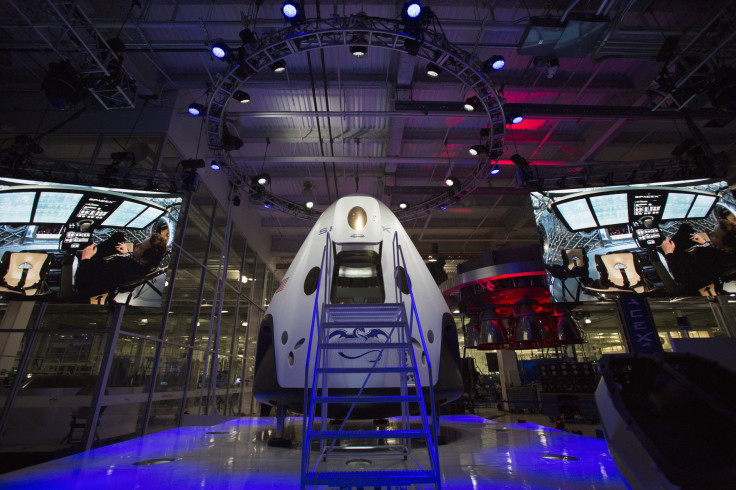SpaceX, Boeing 'Space Taxis' On Track To Ferry NASA Astronauts To ISS By 2017

NASA astronauts could travel to the International Space Station in American-made “space taxis” no later than 2017, Boeing and SpaceX said Tuesday. Both companies have said that they’re on pace to meet NASA’s projections and reduce U.S. dependence on Russian spacecraft.
NASA currently relies on the Russian Federal Space Agency, better known as Roscosmos, to ferry American astronauts to the ISS. With international tension heating up, though, and Russia charging NASA what it considers to be an exorbitant fee, the U.S. space agency awarded Boeing a $4.2 billion contract and SpaceX $2.6 billion last year to develop more modern technology. Representatives from both companies said in a press conference Tuesday that their projects are still on track.
“I don’t ever want to write another check to Roscosmos after 2017,” said NASA administrator Charles Bolden, as quoted by NBC News. “If we can make that date, I’ll be a happy camper.”
The Russian space agency currently charges about $70 million per seat to send American astronauts to the space station; NASA has estimated the price of a seat on a SpaceX or Boeing flight to be at $58 million. The schedule updates come amid the Russian military’s entry into Ukraine and nuclear setbacks, two examples of heightened tension that have seeped into the two countries’ normally peaceful relationship outside Earth’s atmosphere.
SpaceX also announced its plans to launch an unmanned test flight to the ISS by the end of 2016, while Boeing is slated to launch one in the early months of the following year. NASA said the partnerships could double the amount of research conducted from the ISS, where a range of groundbreaking experiments have been executed.
© Copyright IBTimes 2024. All rights reserved.











